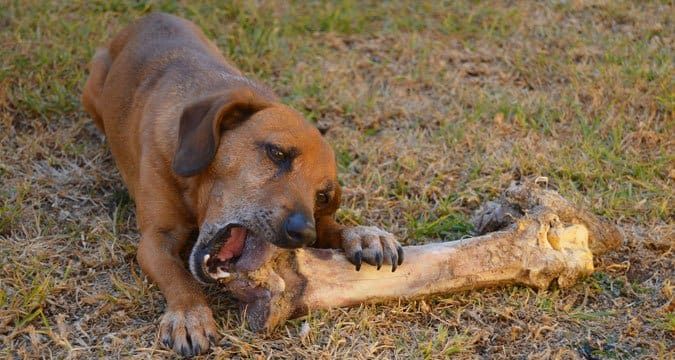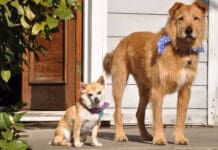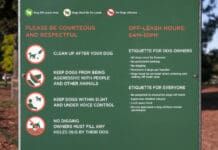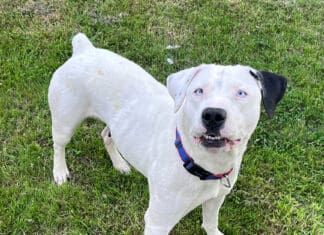*Warning: This post talks about dog poop. If you are sensitive regarding discussions about dog poop…maybe you don’t actually have a dog, and shouldn’t be reading this blog at all! Just kidding. Not about the poop, just about the dog-owning part.
The rainy season has started in northern California, and though it hasn’t been all THAT rainy yet, it’s been rainy enough that any dog poop that wasn’t picked up shortly after the dog pooped starts to break down and is much more difficult to pick up.
Of course, it’s best to pick up and dispose of dog poop when it is first pooped. But those of us with safely fenced yards – and multiple dogs – sometimes go a day or two between poop pick-ups – especially when it’s pouring rain.
The last of my foster puppies went home a couple of days ago and then the sun broke out. I had time on my hands and trash pickup was the next day. So I went gangbusters on the backyard, doing the most thorough poop search I’d conducted in a week, and I found a few poops that had been out there for a while.
Have you ever found a dog poop that has been out in the rain for a while, and observed (as you were picking it up) that it looked like it was full of what looked like bits of white sand? Only, the “grains of sand” were slightly bigger than actual grains of sand? It might take a good week or so of rain, or a poop that started out on the soft side, for you to see this. I found a few in this condition the other day, and it surprised me, because I hadn’t seen it for a while – but I knew why that was.
The bits of what look like large white grains of sand in a mostly washed-away poop are bits of bone. It comes from the dog’s food. You would find the same thing if you soaked your dog’s kibble in water and then put the whole mess in a fine mesh colander and rinsed it until all the plant and meat material washed away.
“But wait,” you might say. “My dog’s food is a good quality food! It doesn’t contain ‘meat and bone meal,’ that notoriously low-quality ingredient!” (If it did, for SURE you’d be seeing the bits of white “sand” in your dog’s rained-on poop.)
What a lot of people don’t realize is that pet food ingredients with names like chicken and chicken meal, turkey and turkey meal, and lamb and lamb meal, contain a certain amount of bone. When we hear these phrases we imagine that they describe meat, like chicken or turkey breasts or legs. What is actually used in pet food more closely resembles your Thanksgiving turkey the day after Thanksgiving: a turkey “frame” with chunks of meat and bits of skin and tendons still attached. How much flesh is attached to the bones and other tissues depends on the pet food companies’ specifications. They can require their meat suppliers to give them the meat with a certain “ash” content; the “ash” is, essentially, bone. “Ash” is what is left if you incinerate the meat and burn away everything except the minerals that won’t burn.
Have you ever seen a pet food company claim they use “low ash chicken” or “low-ash lamb”? They are claiming that they use a meat or meat meal that contains more meat and less bone.
Bone is a perfectly healthy, natural source of essential minerals for dogs. Some manufacturers formulate their foods with a certain amount of bone contained in the meat or meat meal they use to help meet the requirements of a “complete and balanced diet” for dogs; others use higher quantities of other sources of calcium (such as calcium carbonate), phosphorus, and other minerals.
High-protein foods sometimes have added plant proteins (such as potato protein or pea protein) to reach those high protein levels without having too-high levels of calcium and phosphorus from higher levels of meat or meat meals that contain bone.
I was surprised to see so much ground bone in the poop I cleaned up in my yard this week because I hadn’t seen any for a while – but I just switched the dogs to a type of food I’ve never fed, and it clearly contained more bone than the other foods I’ve been feeding. It’s not necessarily a bad thing, just a thing to know and understand.
If any of my dogs had been constipated (they weren’t) this could have been the cause. Foods with a high bone content, especially highly digestible raw diets that contain a lot of ground or whole bone, can sometimes cause a dog to have dry, dense poops. These poops might be mostly white (as they consist of mostly bone).
That said, inexpensive, low-quality foods might also contain an unusually high amount of ground bone. If you see a lot of bone in your dog’s poop, take a look at the ingredients of his food. Does it make sense? There is surely a correlation between the amount of bone in his stool and the ingredients in his food, if you understand what you are looking at.
Postscript: I was discussing this post with a friend at a major pet food company, and he asked me if I had ever seen this video. I hadn’t but it made my day. I wonder if Sarah Silverman knew why dog poop was often white in the 1970s. (The regulations that exist now to limit the amount of calcium and phosphorus – and hence bone – in dog food didn’t exist then!)






